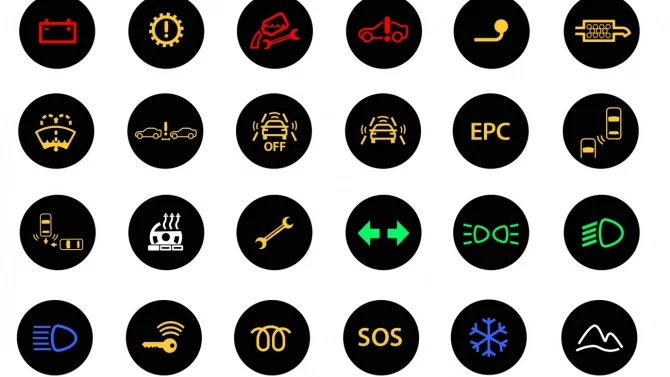...meeting, released on Friday.
Present at the meeting: Zdenek Tuma (Governor), Ludek Niedermayer (Vice-Governor), Miroslav Singer (Vice-Governor), Mojmir Hampl (Chief Executive Director), Robert Holman (Chief Executive Director), Pavel Rezabek (Chief Executive Director), Vladimir Tomsik (Chief Executive Director).
The meeting began with a presentation of the February situation report summarising the newly available economic data and the associated risks of the January forecast. The balance of risks was being tilted towards the upside primarily by the nominal exchange rate of the koruna together with the overall effect of new data on expected economic activity and interest rates in the euro area. The downside factors included lower-than-forecasted oil price inflation and the new figures on inflation in the Czech Republic in January 2007. Adjusted inflation excluding fuels had recorded the largest downward deviation compared to the January forecast. However, the downside effect of the January inflation had been made more difficult to assess by a change in the consumer basket structure. Without this change, inflation in January would probably have recorded only a very small deviation from the forecast.
The majority of the board members agreed on the overall assessment of the January forecast risks as being balanced. The opinion was also expressed, however, that the risks to inflation were skewed slightly to the upside overall. It was said that a specific risk of the forecast was the lower January inflation linked with the change in the consumer basket. The opinion was expressed that inflation calculated on the basis of the new consumer basket structure could not be automatically viewed as a forecast risk, as the forecast had been prepared using a different consumer basket structure. The new consumer basket structure might then imply lower measured inflation in the long term. On the other hand, however, it was said that the lower-than-expected inflation, even though resulting from a change in the basket structure, was a downside risk of the forecast, or a risk of non-fulfilment of the inflation target. The change in the consumer basket structure was only temporarily reducing the statistical deviation necessarily arising when measuring inflation at constant weights in the consumer basket. In this context, it was also said that monetary policy, ceteris paribus, should react to lower inflation. However, there was a consensus on the need for a longer time period to correctly assess the affect of the change in the consumer basket on inflation.
The nominal exchange rate was identified as an upside risk to inflation. Its level so far in the first quarter had been weaker than assumed in the forecast. However, it was said that given the volatility of the nominal rate this risk should be assessed guardedly. At the same time, it was emphasised that the financial markets' expectations were still on the appreciation side. The reasons for the observed depreciation of the nominal rate were also discussed in this context.
Another upside risk to inflation mentioned was expected developments abroad, where the primary upside factors included a rise in interest rates in the euro area, leading to a widening of the negative interest rate differential, and also an increase in expected economic growth. In the context of the assessment of external developments it was said that the higher economic growth combined with the lower expected inflation perhaps suggested growth in potential output without the need to tighten monetary policy. The accelerating money supply growth was also identified as a potential medium-term upside risk to inflation. On the other hand, however, it was said that consumer credit growth was slowing.
In addition to the aforementioned fall in inflation in January, the lower-than-forecasted evolution of oil and oil product prices and external inflation in general was identified as a potential downside risk to inflation. The opinion was also expressed that the observed improvement in the terms of trade might be reflected in a deterioration of net exports at constant prices and thus also in expected GDP growth.
At the close of the meeting, the Board decided unanimously to leave the two-week repo rate unchanged at 2.50 percent.
(Reporting by Mirka Krufova in Prague)
Keywords: CZECH ECONOMY/CBANK




 Malý náklaďáček mnoha jmen: Škoda/Aero/Praga (A) 150 byla nedoceněným československým dříčem
Malý náklaďáček mnoha jmen: Škoda/Aero/Praga (A) 150 byla nedoceněným československým dříčem
 Řidička uvízla na železničním přejezdu, rychlík ji minul jen o kousek
Řidička uvízla na železničním přejezdu, rychlík ji minul jen o kousek
 Brzdná dráha delší až o deset metrů. Hlavně levné pneumatiky z východní Asie jsou pro řidiče rizikové
Brzdná dráha delší až o deset metrů. Hlavně levné pneumatiky z východní Asie jsou pro řidiče rizikové
 Test Renault Symbioz: S novým hybridem jezdí svižně a se spotřebou legendárního té-dé-íčka
Test Renault Symbioz: S novým hybridem jezdí svižně a se spotřebou legendárního té-dé-íčka
 Kdo nezvládne tento kvíz za plný počet, ten si dost možná auto zničí. Kontrolky jsou totiž základem komunikace mezi autem a řidičem
Kdo nezvládne tento kvíz za plný počet, ten si dost možná auto zničí. Kontrolky jsou totiž základem komunikace mezi autem a řidičem
